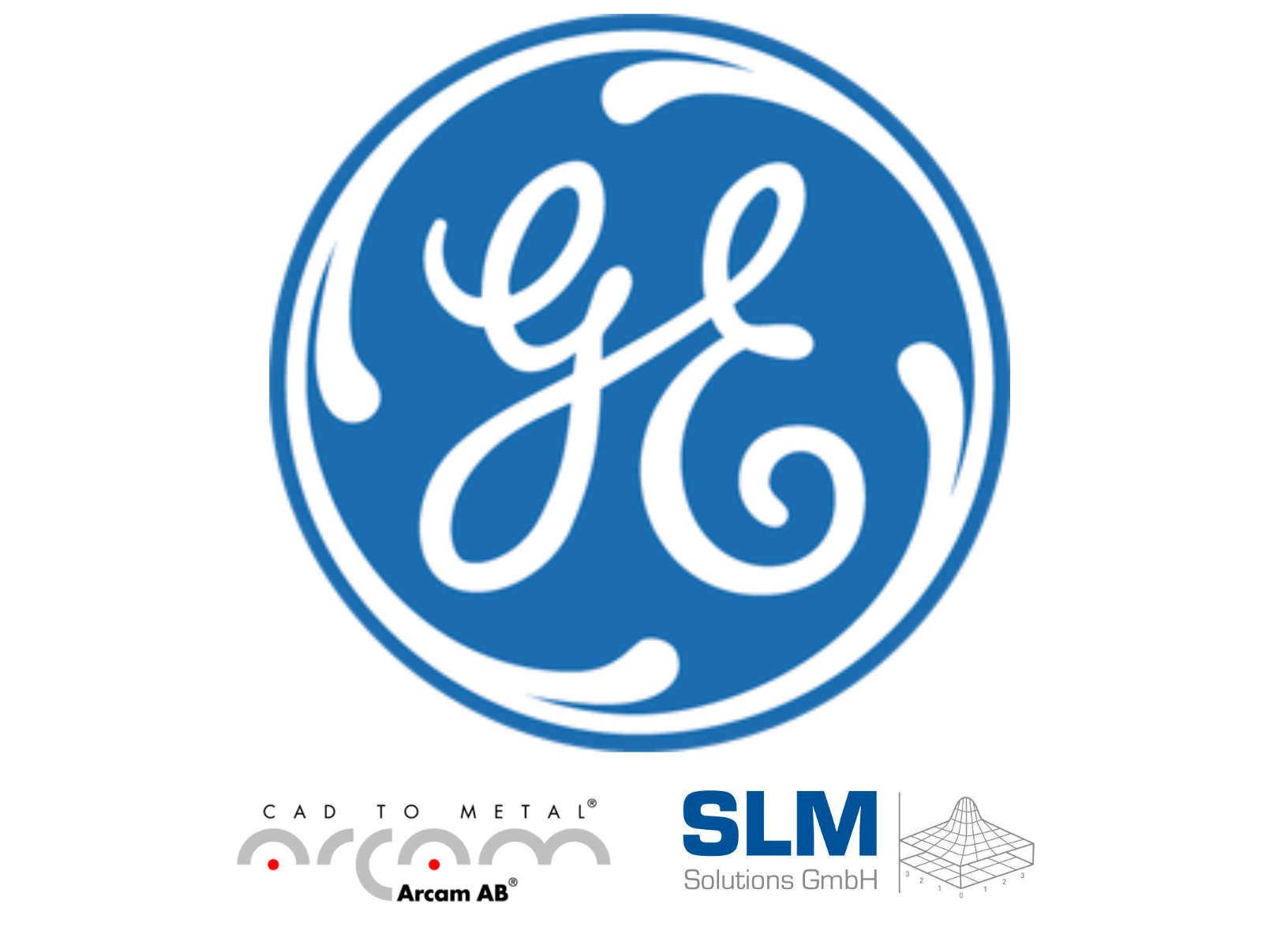
A few weeks ago General Electric announced the acquisition of not one, but two metal 3D printing companies. The implications are quite serious.
But first a quick catchup: General Electric laid out a staggering USD$1.4B to acquire two European companies producing two types of metal 3D printers: Arcam and SLM.
Our post analyzing the event listed a number of reasons why GE might have taken this step, and Fabbaloo friend Joris Peel’s listed no less than thirty-eight reasons for the acquisitions on the MakePrintable blog.
After reading Peels’ analysis it appears there are some very deep implications to the 3D printing industry, or at least the metal domain.
Peels implies this is a battle over metal 3D printing capability within the aerospace and automotive sectors. Consider that with the acquisition, GE, a major manufacturer of aircraft and aircraft engines controls TWO of the very few 3D metal printing companies.
This is important because in recent years these two industries in particular have discovered ways of using metal 3D printing technologies in very profitable ways. In fact, it may be a defacto standard requirement for future products in these industries.
Thus, GE (and likely others in this area) feel they need to secure the supply of metal 3D printing equipment and associated powdered metals. That’s what they’ve done here: acquired two metal 3D printing companies, each with a slightly different process to cover off a wider range of industrial needs. As a bonus, Arcam also operates a major production facility for powdered metal material in Canada.
There’s now no fear from GE that these companies might shut down, because they own them.
But, as Peels points out, what about the other aircraft and automotive companies? Now they are faced with buying metal 3D printing equipment from GE, their competitor? What price levels might GE set for their equipment? How much of a surcharge could they levy on their competitors?
Certainly there are a couple of other metal 3D printing companies, but not many. One is 3D Systems, who previously acquired the Phenix metal 3D printer equipment, and another is EOS, a privately held German operation. After that, most of the players are small.
If you’re a GE industrial competitor, what do you do? Do you source from your competitor GE? Or do you partner up – or even acquire – one of the other remaining firms? It looks like the price of these companies will be jumping a lot higher because of this, and we don’t know if they are for sale.
In this case, 3D Systems is in an interesting position. If they are approached by other large aerospace or automotive firms, what would they do? Partner? Sell off their highly profitable and growing metal 3D printing business? Sell off everything?
If they sold everything to a buyer who was primarily interested in the metal business, what would happen to the plastics business?
And what happens to the industrial players who don’t manage to lay their hands on a metal 3D printing company after they’re all scooped up or partnered by and with their competitors? They will be in very precarious positions, indeed.
The next couple of years for metal 3D printing will be very interesting.

